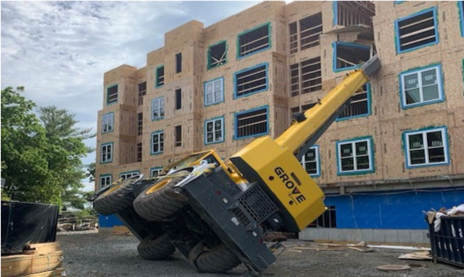Articles
Delay Analysis - As-Planned VS As Built: The Most Popular Delay Analysis Method Explained

Common Causes of Construction Delay

This article review the findings of 17 independent studies on delay conducted in 12 different countries to answer these questions. The results provide some very interesting insights and might influence your approach to future projects.
COVID-19 Claims – 4 Steps of Risk Mitigation

Who is responsible for damages suffered as a result of COVID-19 and what should be done to mitigate risk? Can the contractor claim for additional time and cost due to the impact of COVID-19? This article answers these questions and provides guidance on steps to be taken to mitigate risk.
Who owns project time?

Is it possible to own project time?
Project time remains an abstract concept until it is concretized in the form of a construction schedule. This article explains how surplus time or float can be utilized by project participants to their benefit.
4 Steps to successfully Analyze Delay Claims
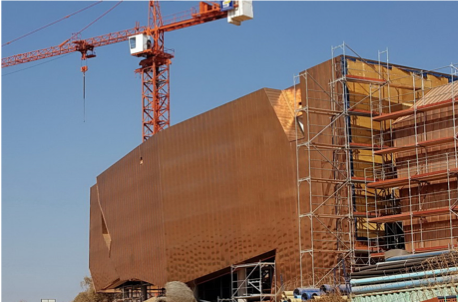
Construction delays can have far reaching consequences that normally translate into a financial risk for the owner or the contractor. How do we objectively analyze and adjudicate delays claims? This article explains 4 easy steps to successfully analyze delay claims
5 Steps to formulate a successful delay claim?

Contractors rely on delay claims to mitigate the risk of unforeseen events impacting on the completion of projects. The delay claim motivation will influence the chances of success of a contractor’s claim. This article explains 5 easy steps to formulate a successful delay claim.
How To Be Captivating and Persuasive

Is It Possible to Substantiate a Project Delay without Schedules?
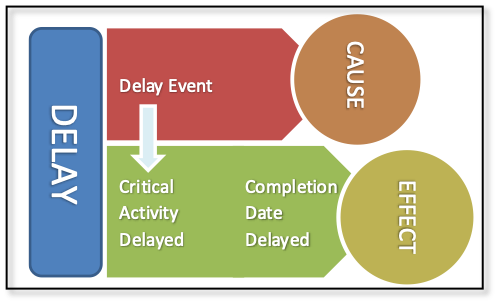
A critical path project schedule has become so commonplace that we can hardly imagine a project without one. This article explains methods that can be utilize to substantiate project delays in the absence of project schedules.
Re-Planning When a Delay Occurs
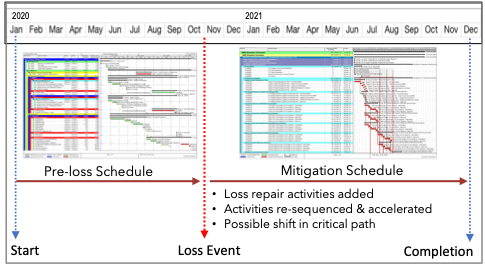
Storytelling as a Tool of Persuasion in Disputes

Time Impact Analysis: The King of Delay Analysis Methods?

Collapsed As-built: Is Hindsight 20/20?
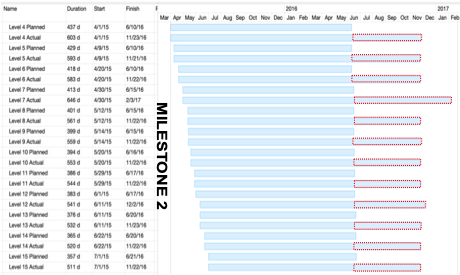
Delay Analysis in Builder’s Risk and Delay in Start-Up Insurance
